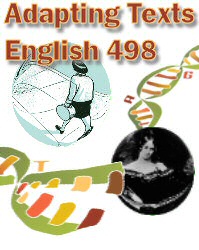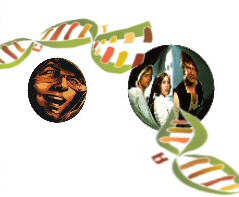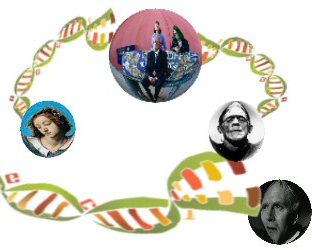|
|
Group Presentation Grading
For the group presentation, I will assign 0-8 points in each of
the following categories, with 0 representing a missing component
and 8 representing exceptional execution of the criterion. The total
number of points comprises the grade on the presentation.
- Focus: The group proffers an argument about how and why the adaptation
interprets the source in a particular manner. Group members develop
the argument throughout the presentation.
- Complexity: Within the
scope of the argument, the group offers a thorough analysis that
advances the class’s understanding
of the adaptation and its source as well as adaptation theory.
Presenters do not simply summarize plot events, describe images,
pronounce aesthetic
or moral judgments, or identify formal elements. Instead, they
explore the implications of the adaptation’s reworking
of the source’s
narrative, characterization, language, imagery, and other elements.
- Organization:
The presentation has a logical structure; the progression of
points is easy to follow. Each element of the
presentation has
an obvious relation to the other elements. All evidence or
explanation related to a particular point is presented along
with that point.
- Support: Presenters support their argument
with sufficient and persuasive evidence (description of scene
or image, clip
screening
or image projection, quotations from play, reference to
critics, etc.). Analysis includes focused comparison with adaptation(s)
read or screened in class and discussion of adaptation
theory.
- Delivery: Group members have coordinated elements of the
presentation. Speakers convey their points smoothly,
and the group adheres
to the time limit. Visual aids are well prepared (handouts
and slides readable
and uncluttered, clips cued to appropriate scene, etc.)
and integrated effectively into the presentation. Activities
incorporated into the
presentation have a discernible purpose. Group members
can
answer questions about all information presented.
Last Update: 4/18/06
|



